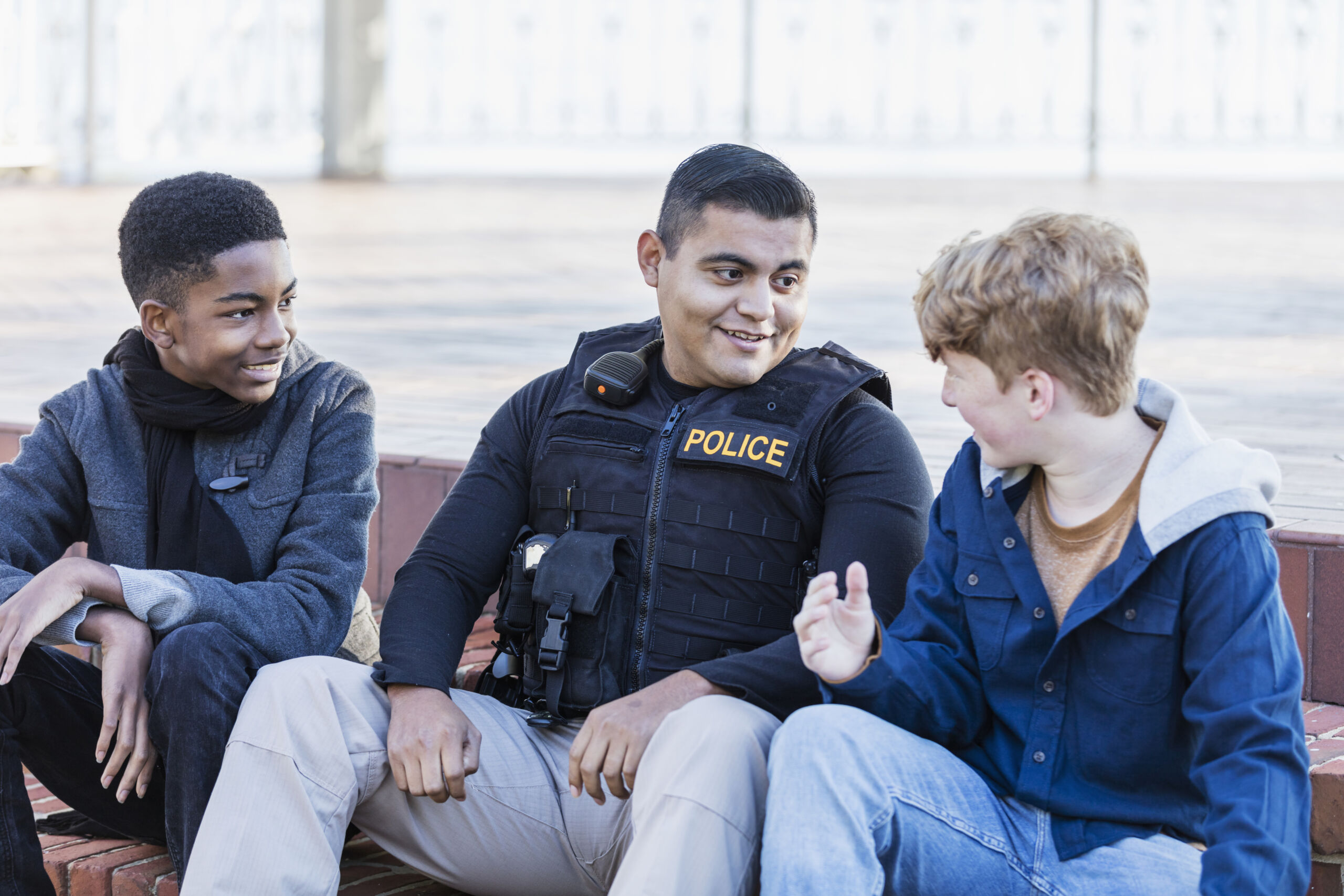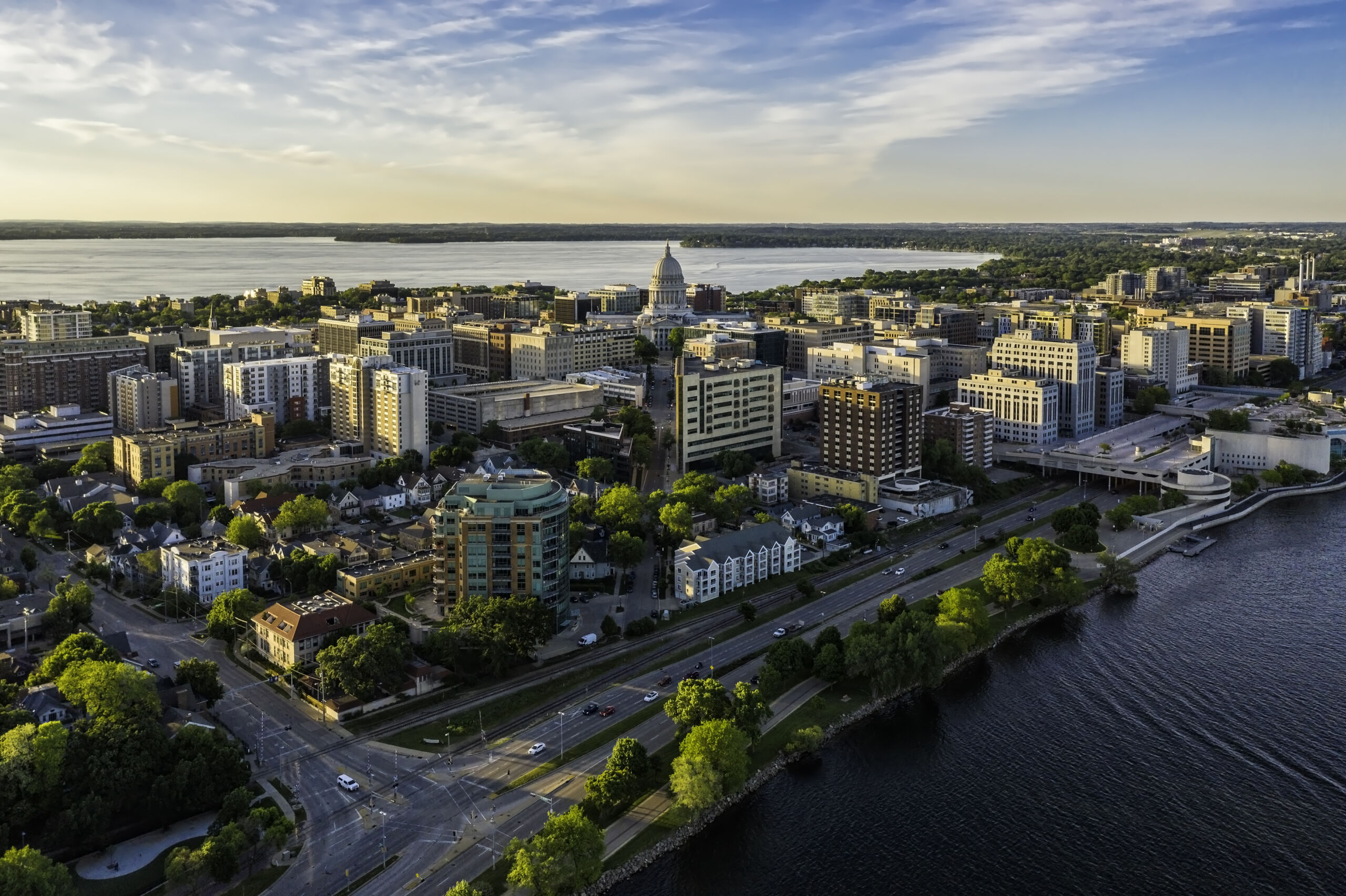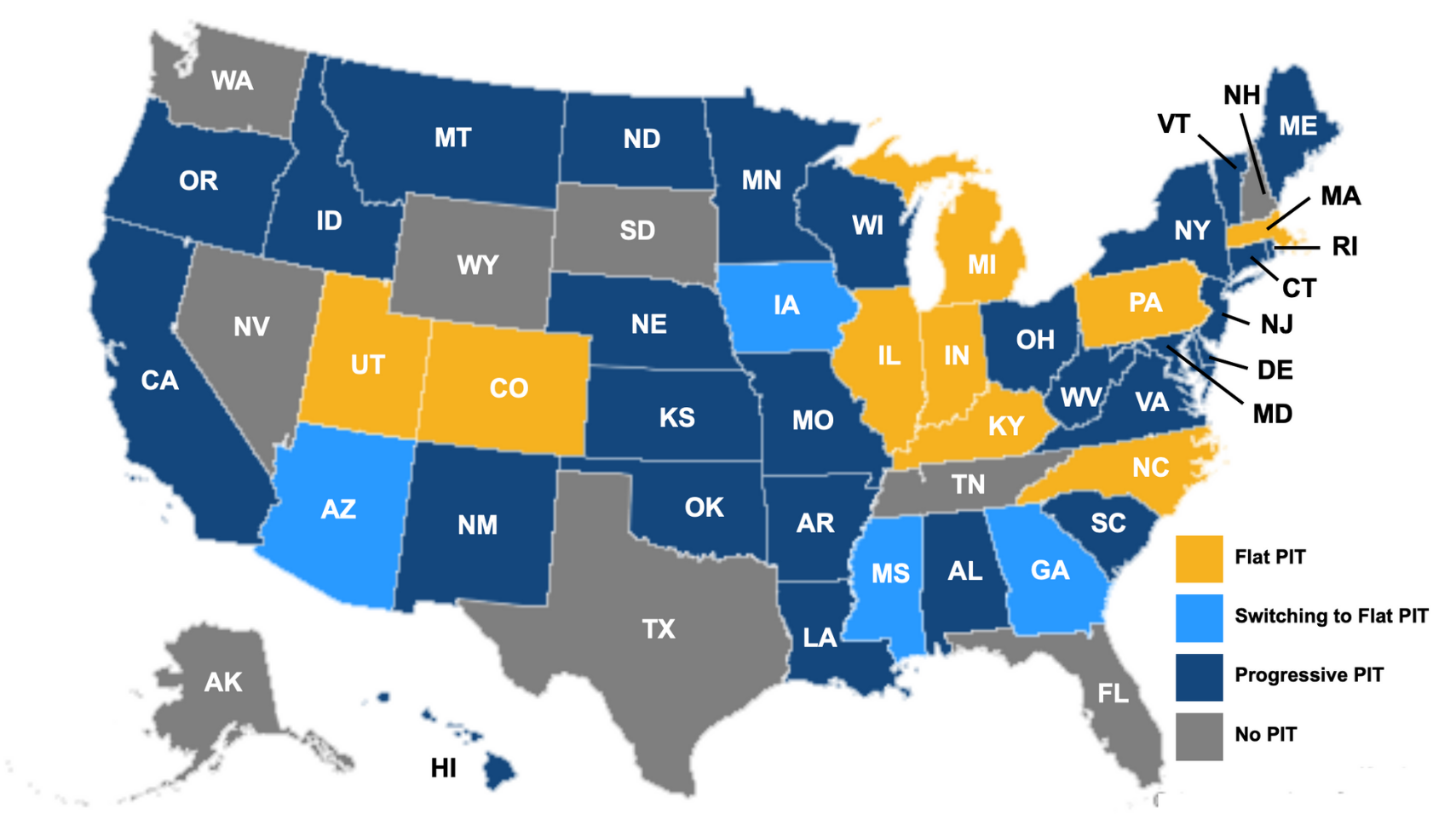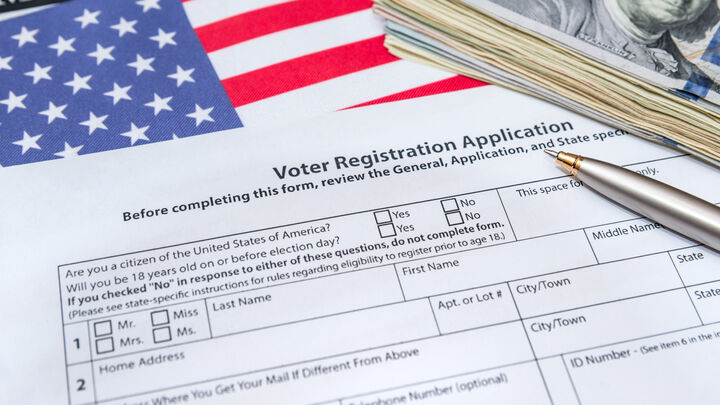The Problem: In the wake of the 2020 killing of George Floyd by a Minneapolis police officer and the protests that followed across the country, some have called for the removal of School Resource Officers (SROs) from school campuses. SROs are trained police officers placed in schools by the local police department in partnership with the local school district. Usually one police officer is assigned to a school on a full-time or part-time basis and their responsibilities typically include both providing safety and fostering relationships with students.
The calls to remove SROs are based on the belief that SROs contribute to the “School-To-Prison-Pipeline” due to arrests and suspensions and that minority and disabled students are disproportionately affected.¹ However, as both school shootings and school violence have increased in recent years,[ii]² removing a trained law enforcement officer from school grounds poses a distinct risk to student and teacher safety. Response times to emergencies will increase since there will no longer be an officer on campus and the responding officer will likely not have the specific training that a SRO would have.
The Solution: A safe environment is one of the fundamental requirements for a good education. If students and educators do not feel safe then education will not take place effectively. According to a 2018 survey of educators and students in the Racine Unified School District (RUSD), 91% of RUSD educators said they were “comfortable” or “very comfortable” with having SROs in schools.³ That is perhaps not surprising given the violence teachers have faced in recent years.4 However, a majority of students at one RUSD high school said in a similar survey the previous year that “Having officers in the building helps me to feel safe.” Only about 12% of students said having an officer in the building made them feel less safe.
While the school-to-prison-pipeline is a legitimate concern, the answer is not leaving our students and educators in an environment where they feel unsafe. The more reasonable solution is to expand the toolbox of disciplinary actions and interventions that are less likely to lead to arrests, suspensions and dropouts for non-violent offenses. These could include “cool down” periods instead of suspensions where prudent, increasing access to mental health services and more parental involvement. However, for violent offenses and threats involving lethal weapons, the presence of an SRO on campus may be absolutely necessary at some schools.
We must encourage more school partnerships with local law enforcement and support a school district’s right to have SROs on their campuses. This should be done in concert with efforts to provide reasonable and effective disciplinary actions and solutions for disruptive and harmful behavior at school campuses and events. The goal is to create a safe environment for learning using all the means available.
Resources:
- https://ies.ed.gov/ncee/edlabs/regions/west/relwestFiles/pdf/4-2-3-20_SRO_Brief_Approved_FINAL.pdf
- https://www.usnews.com/education/k12/articles/as-students-return-to-school-so-does-school-violence
- https://journaltimes.com/news/local/most-rusd-educators-said-having-officers-in-schools-makes-them-feel-safer-according-to-2018/article_49e99f63-9992-5f30-ae88-decaee2456f7.html
- https://www.maciverinstitute.com/2018/01/wisconsin-moves-to-end-violence-against-teachers-in-the-classroom/













